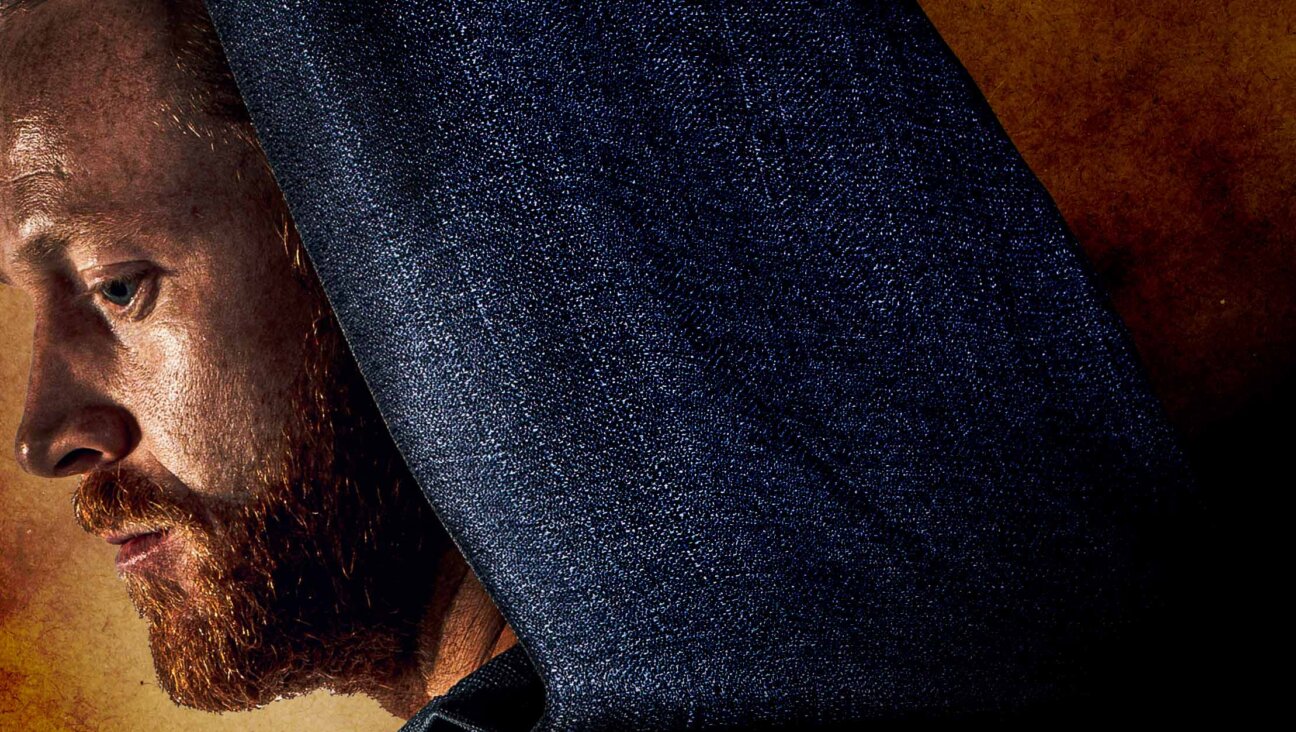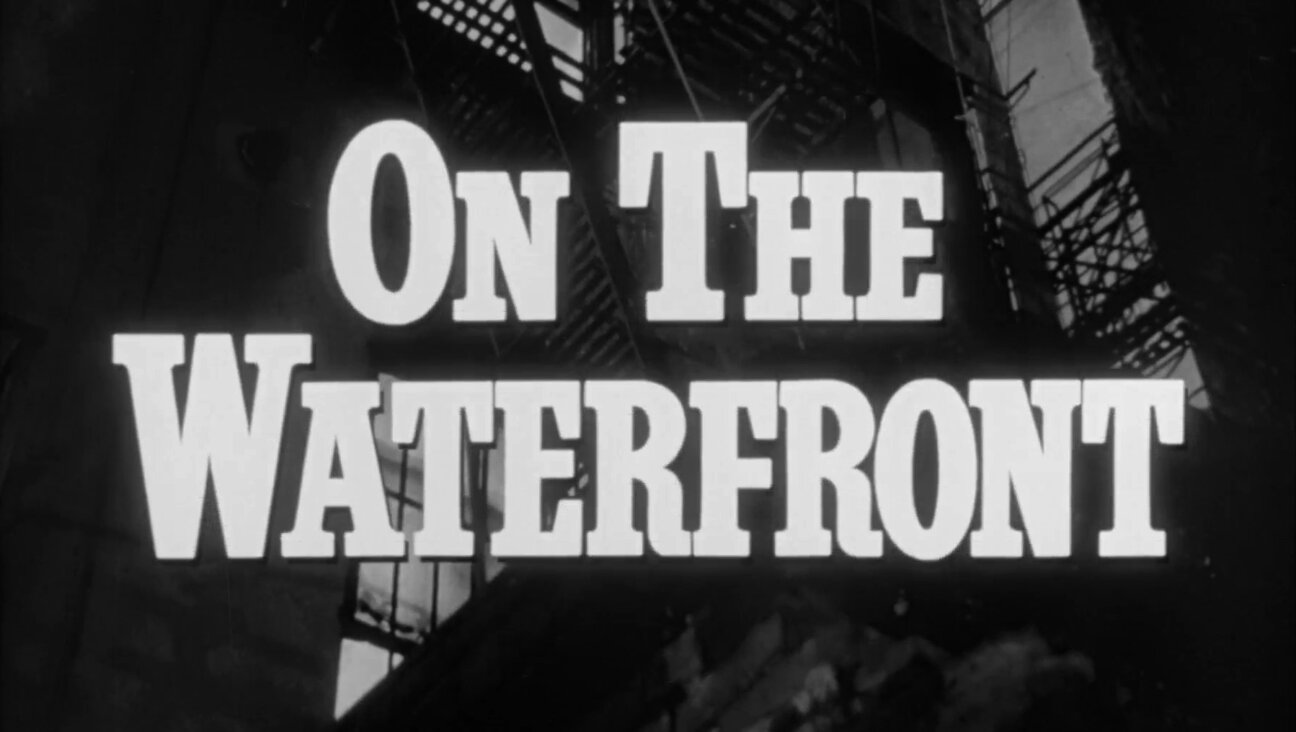Love Me, Love Me Not
Philosemitism in History
Edited by Jonathan Karp and Adam Sutcliffe
Cambridge University Press, 344 pages, $85
No, cynical reader, “Philosemitism in History” is not a very short book. And no, hopeful reader, it will not calm Jewish fears of anti-Semitism by showing how much Jews have been esteemed and admired over the years. To the contrary, it might make Jews worry more, since it demonstrates the ambiguity of philosemitism both as concept and as social reality. Not all expressions of love for Jews are necessarily benign.
The book is an anthology of essays by experts on philosemitism in different periods and countries, ranging from medieval times through today. Since the focus is entirely Christian, European and American, there is nothing about manifestations of the phenomenon in ancient times, the Muslim world, India or the Far East. Preceding the essays is an introduction by the editors, Jonathan Karp of Binghamton University and Adam Sutcliffe of King’s College London, that summarizes the different points of view and concludes that, at the very least, the pieces collectively show “the inadequacy of interpreting Jewish–non-Jewish relations only through the prism of an all-pervasive anti-Semitism.”
Fair enough, but most of the varieties of philosemitism that presumably provide the alternative prism described in this volume — specifically those dealing with Europe — are likely to be seen by the contemporary reader as highly attenuated and, at times, not that far from anti-Semitism.
This is already evident in the first essay, which covers medieval Western Christendom, and is written by Robert Chazan, professor of Hebrew and Judaic studies at New York University. Since the church taught contempt for Jews and Judaism, Chazan lowers the bar of philosemitism to include allowing Jews to live and practice their religion, a tolerance based on the notion that they had been God’s chosen people before rejecting Jesus, and that they would return to God’s grace when they corrected that mistake at the End of Days. Scouring the sources for something more — evidence of Christian affection for an actual flesh-and-blood Jew — Chazan finds exactly one instance, which, he assures us, was “surely not unique.”
Similarly, a discussion of the Christian humanists of the Renaissance and early modernity notes that their fascination with Judaism and its ancient sources was based almost entirely on the mythical assumption that Greek learning was based on older Hebrew writings. Neither that form of scholarly philosemitism nor the 17th-century interest in Old Testament and rabbinic sources of republicanism, discussed in an essay by Sutcliffe, had positive implications for the treatment of Jews living at the time. As Sutcliffe puts it, there was a “dissonance between the Jews of the Mosaic imaginary and those actually encountered by the political admirers of Moses.”
As the book moves into the modern period, the instances of philosemitism are laced with conversionary fervor. William Whiston, the 18th-century disciple of Sir Isaac Newton, rejected the trinity and sought to revive “primitive Christianity” as described in the works of Josephus and as, he imagined, was practiced by Jesus’ Jewish disciples. But we learn that, far from having any appreciation for Judaism as such, Whiston entertained the “chimerical” idea that Jews would drop talmudic law and convert to that original form of Christianity. Abbé Grégoire, the leading voice for granting legal equality to the Jews in the French Revolution, similarly believed that Jews should convert, so that they might intermix with the rest of the population and thus lose their “degenerate” moral and physical characteristics, suggesting to historian Alyssa Goldstein Sepinwall that “the boundary between philosemitism and antisemitism is not as absolute as has often been assumed.”
And an analysis of the contrasting stereotypes of Jewish males (negative) and females (positive) in 19th-century British fiction argues that women were preferred because they were more likely to become Christian. “The Jewess,” Nadia Valman writes, “appeared as inherently spiritual and ardent, and also particularly oppressed by the archaic Jewish legal code.”
Why did even self-styled philosemites hedge their positive evaluations of Jews? Alan T. Levenson, in an essay about Germany in the half century before Hitler, suggests an explanation that appears convincing, mutatis mutandis, for European culture as a whole: There was “no concept of twentieth-century cultural pluralism or even a nineteenth-century concept of national identity as the product of political loyalty.” Hence philosemites thought they were helping Jews by assimilating them, resolving the “Jewish question” not by withholding rights, ghettoization or expulsion, as the anti-Semites preferred, but by employing homogenization.
This insight is buttressed by the far more positive and straightforward forms of philosemitism portrayed in the book’s essays about America, homeland of cultural pluralism and nationalism based on neither religion nor ethnicity. A discussion of pre-1960s black admiration for Jews as role models and another about how leading American poets in the two decades after World War II indulged “the impulse to identify with Jews” portray instances of almost unalloyed philosemitism. Far from assuming that Jews needed to change, both black leaders and illustrious literary people sought to emulate traits assumed to be uniquely Jewish.
Even the essay on American evangelical support for Zionism and Israel, a form of philosemitism that looks forward to conversion of the Jews as a stage in the End of Days drama, depicts a phenomenon far more benign than anything found in Europe. Evangelicals, who project their hope for conversion far into the future and have nothing but praise for the Jewish people, provide potent financial, political and moral support for the Jewish state.
Is philosemitism, then, good for the Jews? “Philosemitism in History” suggests that the answer is far more likely to be affirmative in America than elsewhere.
Lawrence Grossman is director of publications at the American Jewish Committee.
A message from our CEO & publisher Rachel Fishman Feddersen

I hope you appreciated this article. Before you go, I’d like to ask you to please support the Forward’s award-winning, nonprofit journalism during this critical time.
At a time when other newsrooms are closing or cutting back, the Forward has removed its paywall and invested additional resources to report on the ground from Israel and around the U.S. on the impact of the war, rising antisemitism and polarized discourse.
Readers like you make it all possible. Support our work by becoming a Forward Member and connect with our journalism and your community.
— Rachel Fishman Feddersen, Publisher and CEO























